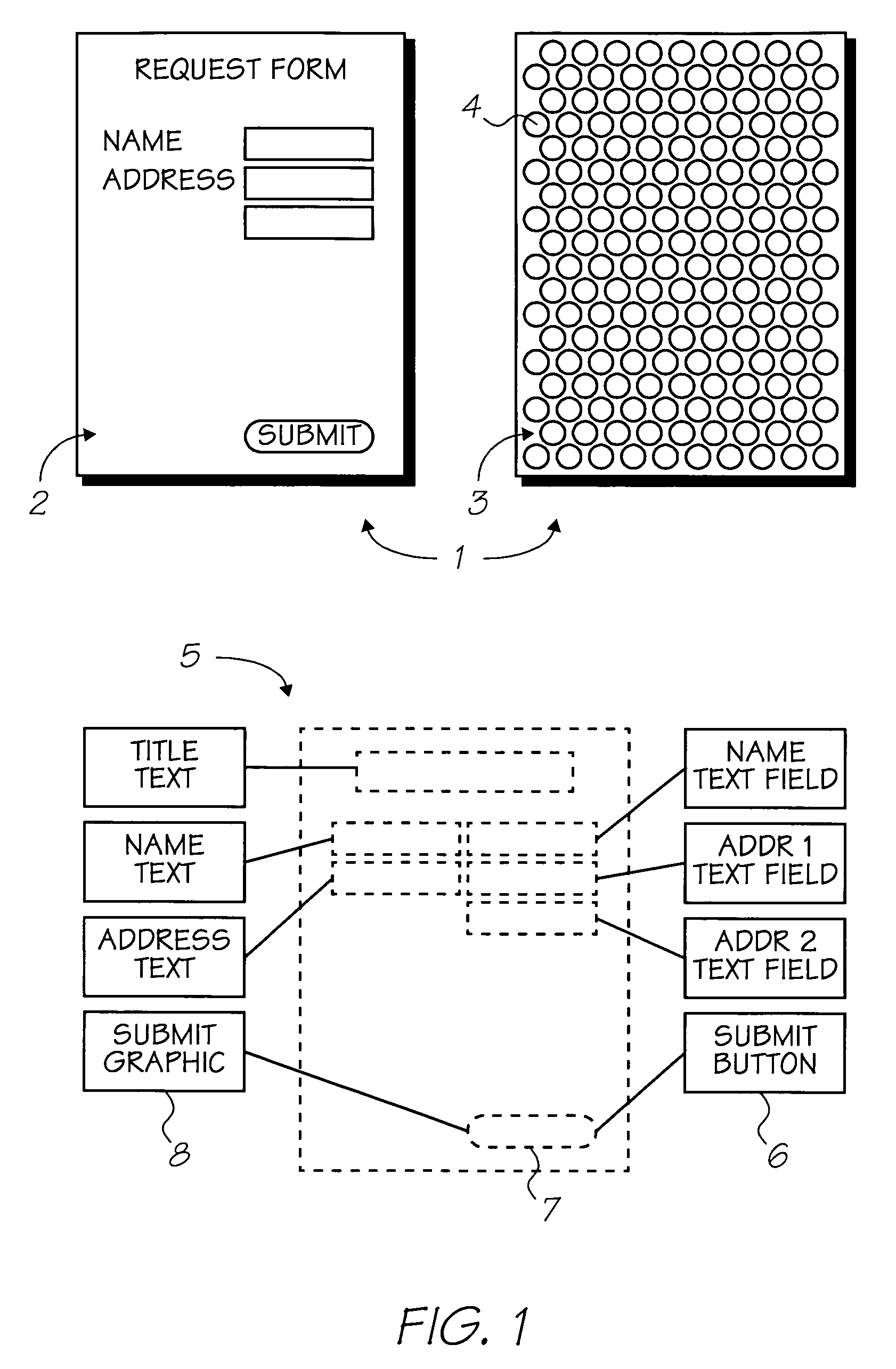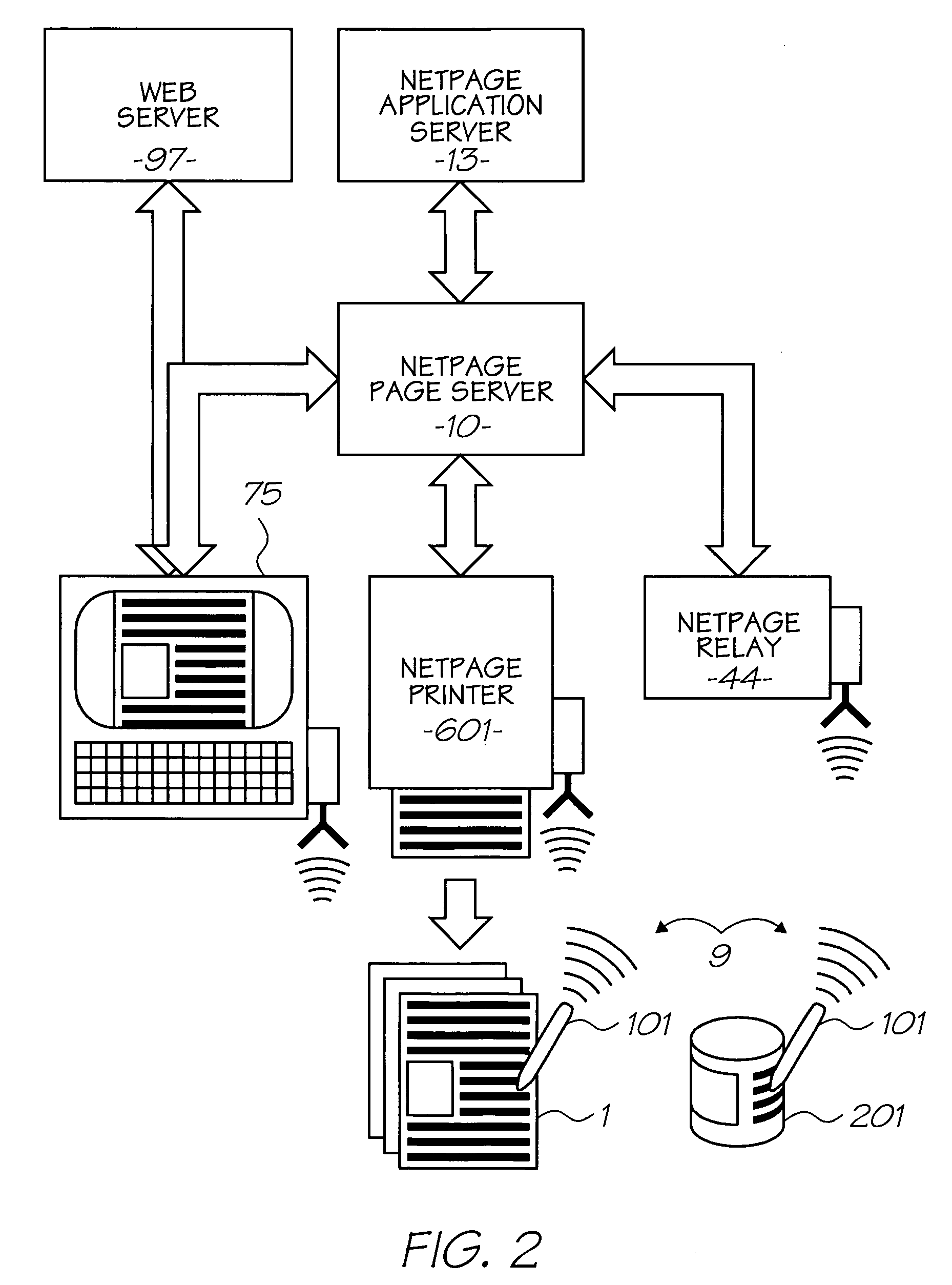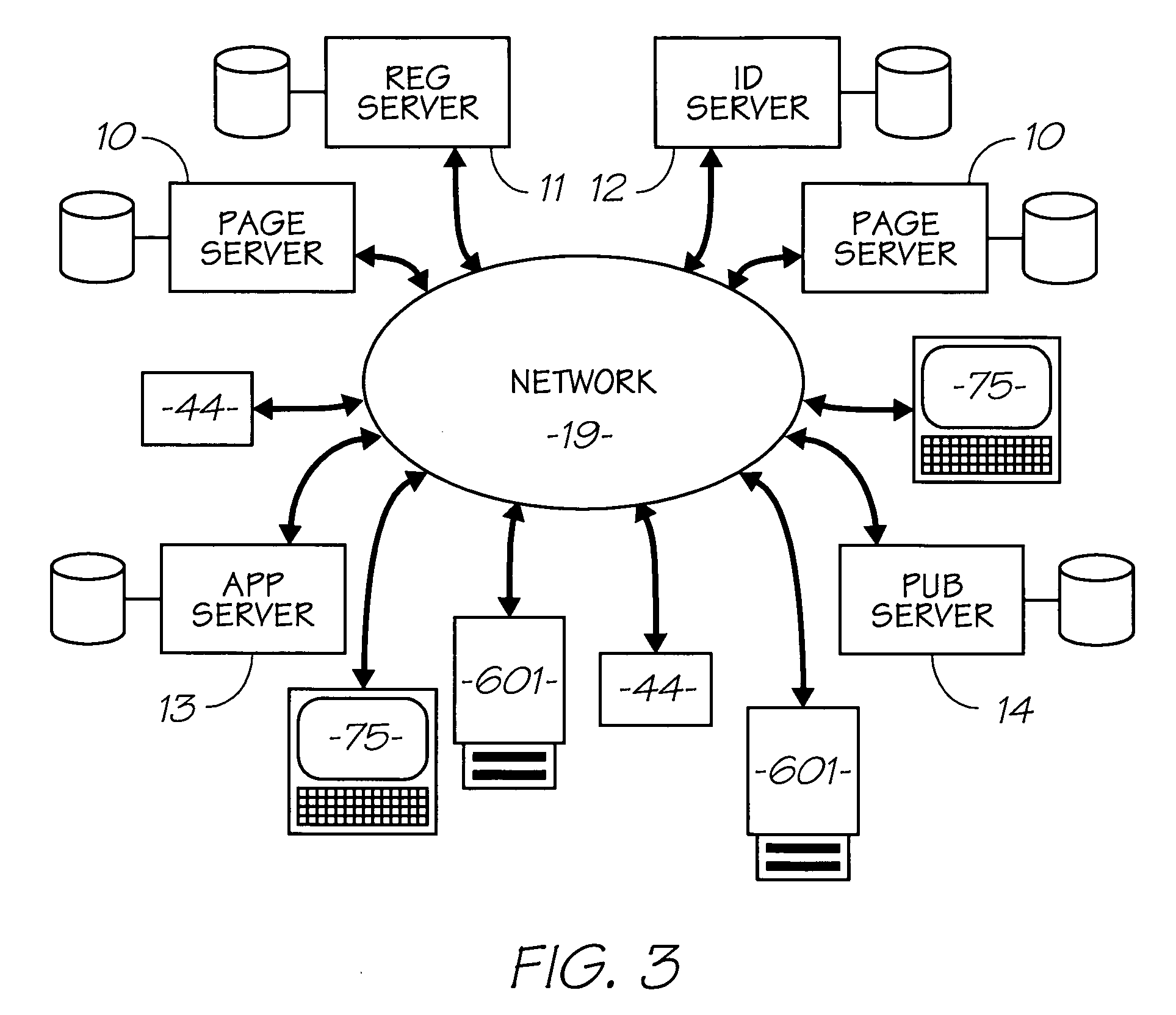Red-shifted water dispersible IR dyes
a technology of redshift and water dispersible dyes, which is applied in the field of redshift nearir dyes, can solve the problems of no longer preventing scanning of labels, no prior art dyes can be formulated into ink compositions suitable for netpage or hy, and commercially available and/or prior art inks
- Summary
- Abstract
- Description
- Claims
- Application Information
AI Technical Summary
Problems solved by technology
Method used
Image
Examples
example 1
Tetrakis[1,4-bis(phenylthio)]phthalocyanine (3)
[0376]
[0377] To a boiling solution of 3,6-bis(phenylthio)phthalonitrile (1.83 g, 5.31 mmol) in 1-butanol (20 mL) was added lithium metal (119 mg, 17 mmol) and then heating was continued for 1 h. The reaction mixture was cooled to room temperature, diluted with methanol (50 mL), water (5 mL) and acetic acid (17 M, 5 mL), and stirred for 1 h. The product was filtered off, washed with methanol, water and methanol to give 3 as a dark red-brown powder (409 mg, 22%).
[0378]1H NMR (300 MHz, CDCl3): δ 7.06 (8H, s); 7.20-7.60 (32H, m); 7.79 (8H, dd, J=3.0, 5.5 Hz).
[0379] UV-Vis-NIR (dichloromethane, 8.70 μM): 808 nm (ε=150000); 721 nm (ε=43500); 513 nm (ε13500).
example 2
Tin(IV) tetrakis[1,4-bis(phenylthio)]phthalocyanine dichloride (4)
[0380]
[0381] To a solution of metal-free phthalocyanine 3 (929 mg, 0.673 mmol) in dimethylformamide (15 mL) and tributylamine (15 mL) was added tin(IV) chloride (5.0 mL, 11.1 g, 43 mmol) and then the reaction mixture was heated at reflux for 3 h. The reaction mixture was cooled to room temperature and methanol (40 mL) followed by water (10 mL) were added slowly. The resulting solid was filtered off and washed with methanol, hydrochloric acid (1 M), water and methanol to give 4 as a dark steel-blue powder (899 mg, 85%).
[0382]1H NMR (300 MHz, CDCl3): δ 7.28 (8H, s); 7.47 (16H, d, J=2.0 Hz); 7.49 (16H, d, J=1.8 Hz); 7.80 (8H, m).
[0383] UV-Vis-NIR (dichloromethane, 15.3 μM): 907 nm (ε=145000); 801 nm (□=45000); 608 nm (ε=15000); 356 nm (ε=60000).
example 3
Sulfonation of tin(IV) tetrakis[1,4-bis(phenylthio)]phthalocyanine dichloride
[0384]
[0385] A mixture of the tin(IV) phthalocyanine 4 (141 mg, 90.2 μmol) in sulfuric acid (98%, 2 mL) was stirred at 50° C. for 30 min. The reaction mixture was added dropwise to ether / chloroform (9:1, 100 mL) to precipitate the product. The supernatant liquid was decanted off and the resulting solid was resuspended in ether / chloroform (9:1, 100 mL). Filtration and washing with ether and dichloromethane gave 5 as a dark greenish-blue powder (151 mg, 76%).
[0386] UV-Vis-NIR (DMSO, 12.7 μM): 935 nm (□=88000); 819 nm (ε=46000); (water, 14.5 μM): 847 nm (ε=47000).
PUM
| Property | Measurement | Unit |
|---|---|---|
| emission wavelengths | aaaaa | aaaaa |
| emission wavelengths | aaaaa | aaaaa |
| emission wavelengths | aaaaa | aaaaa |
Abstract
Description
Claims
Application Information
 Login to View More
Login to View More - R&D
- Intellectual Property
- Life Sciences
- Materials
- Tech Scout
- Unparalleled Data Quality
- Higher Quality Content
- 60% Fewer Hallucinations
Browse by: Latest US Patents, China's latest patents, Technical Efficacy Thesaurus, Application Domain, Technology Topic, Popular Technical Reports.
© 2025 PatSnap. All rights reserved.Legal|Privacy policy|Modern Slavery Act Transparency Statement|Sitemap|About US| Contact US: help@patsnap.com



